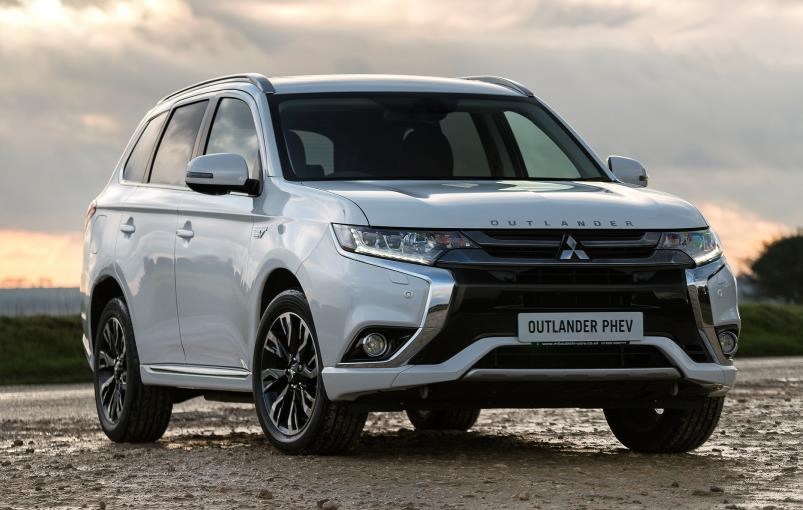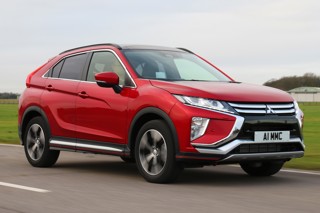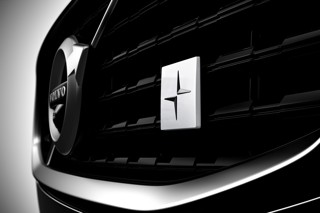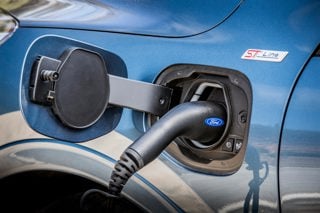Birmingham has the highest number of ultra-low emission vehicles (ULEVs) according to Department for Transport (DfT) statistics analysed by click4reg.co.uk.
The DfT stats show Birmingham had a total of 12,247 ULEVs at the end of Q4 last year. In second place, came the local authority of Peterborough; with 8,910 ULEVs licensed at the end of Q4 2017. Slough (4,460), Milton Keynes (4,409) and Leeds (3,557) follow with substantial figures thereafter.
Closing the top 10 local authorities with the highest number of registered, ultra-low emission vehicles, is Swindon (3,402), Bedford (1,628), Gloucester (1,552), Solihull (1,492) and Portsmouth – with 1,416 licensed, ULEVs registered at the end of Q4 2017.
The local authorities in the UK, with the lowest number of registered, ultra-low emission vehicles were found to be Weymouth and Portland (53), Middlesbrough (46), Eden (46), Barrow-in-Furness (44) and West Somerset – with 40 licensed, ULEVs in Q4 2017.
There were 53,203 ULEVs registered in the UK last year – up 27% from 41,837 in 2016.
This accounted for 1.7% of all new vehicle registrations – up from 1.2% in 2016 and 0.9% two years before.
Most of this increase is due to vehicles eligible for plug-in car and van grants.
New registrations in 2017 included 46,058 cars and 1,241 LGVs of models that were eligible for these grants, which was 89% of all ULEVs registered for the first time.
The most common models of ULEV registered for the first time in 2017 were the Mitsubishi Outlander with 7,408, followed by the BMW 3 Series with 5,871 and the Nissan Leaf with 5,665.
At the end of 2017, 64% of licensed ULEV cars were petrol hybrid and 35% were pure electric in the UK. The remaining 1% were diesel hybrid and other technologies.



















Login to comment
Comments
No comments have been made yet.